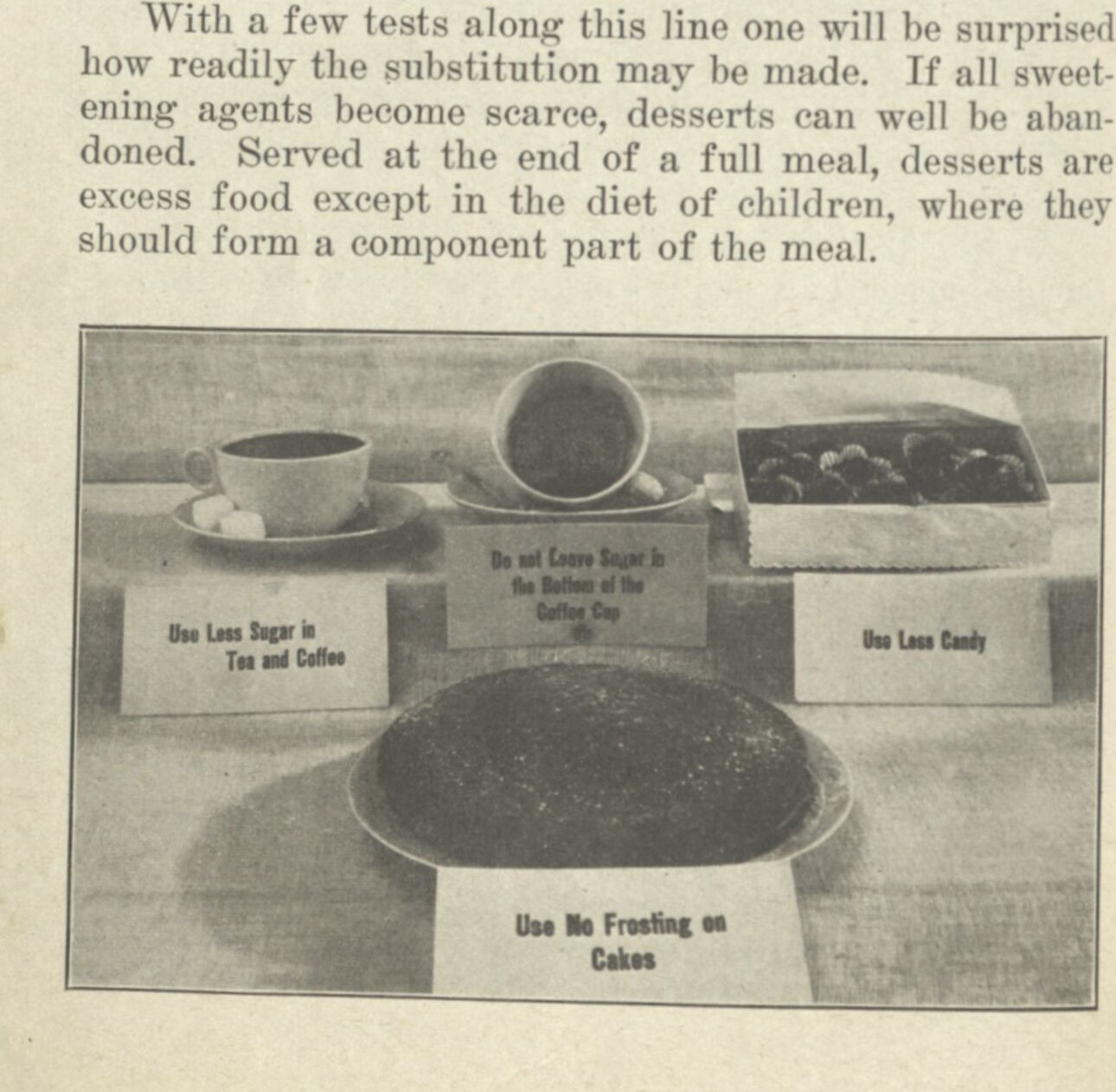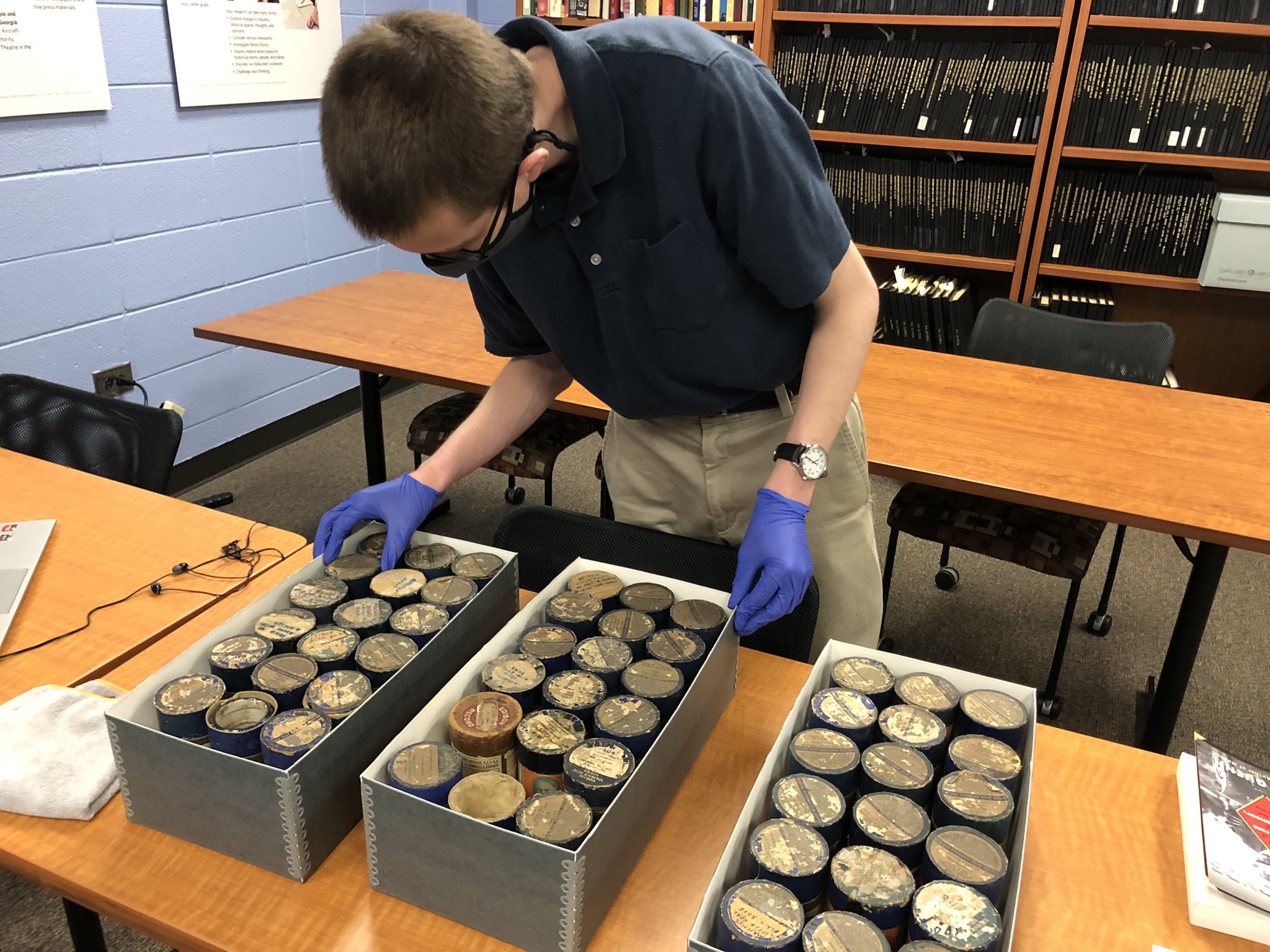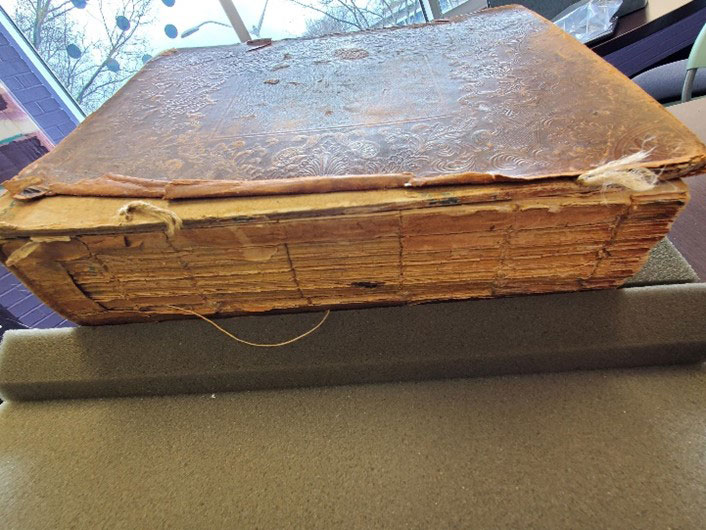|
Past Exhibitions
-
In Formation: Women’s Voices in Print, Genre, and Form | October 2022 - October 2023
|
For centuries, women have utilized and innovated the printed word to convey their unique experiences and to advance the literary development of their societies. In Formation: Women’s Voices in Print, Genre, and Form celebrates the role of women in print by surveying the Bentley Rare Book Museum’s rich holdings of historic books and manuscripts produced in the English-speaking world. Through informative panels, engaging interactives, and a diverse selection of books, prints, and artistic works, In Formation amplifies the creative expressions of women through the lens of the printed word.
VIEW THE EXHIBITION CATALOG
|
-
Collecting Stories: 35 Years of the Bentley Rare Book Museum | October 2021 - October
2022
|
For thirty-five years, the Bentley Rare Book Museum (BRBM) has collected books and
the stories behind them. Along the way, the BRBM has accrued its own set of stories
that now contribute to the history of the books in our collection. Collecting Stories: 35 Years of the Bentley Rare Book Museum, addresses the “how," “why,” and “what” of book collecting, paying homage to the journey of acquiring books that is often overlooked or forgotten. This exhibition also celebrates the BRBM’s unwavering commitment to community. As the sole rare book museum in the state of Georgia, the BRBM embraces its responsibility to provide diverse patrons with tangible and memorable experiences with rare books.
Patrons can now experience Collecting Stories: 35 Years of the Bentley Rare Book Museum virtually!
VIEW THE EXHIBITION CATALOG
ENJOY THE VIRTUAL EXPERIENCE
|
-
The 1920s: Modernism at a Crossroads | September 2020 - September 2021
|
This exhibition explores the cultural and literary tension of the 1920s through a series of modules in the Bentley Rare Book Museum. The modules demonstrate a wide array of literary and cultural trends that took place during the 1920s, including the Fugitive Movement, the Harlem Renaissance, modernism, wordless novels, and psuedo-science. Modules are accompanied by contextual panels, images, and artifacts of the time period.
Patrons can now experience The 1920s: Modernism at a Crossroads virtually!
VIEW THE EXHIBITION CATALOG
ENJOY THE VIRTUAL EXPERIENCE
|
-
Discovering Bronzes | April 2019 - March 2020
Discovering Bronzes is an exploration of art, science, and culture surrounding a collection of ancient bronzes on loan from the Buffalo Museum of Science (BMS), set in the unique environment of the Bentley Rare Book Museum. This collection provides visitors with a glimpse into the world of over 40 rarely-seen bronze statues and artifacts dating back to the second millennium BCE. These bronzes are placed in conversation with select works from the Bentley Rare Book Museum. |
-
Getting Medieval: How to Make a Manuscript | April 2017 - December 2018
This hands-on exhibition of medieval manuscripts explores the book-making process
and provides the opportunity to interact with reproduction manuscripts and tools of
the era. Explore collection highlights below, or visit us to interact with the manuscripts
in person. |
-
Culinary Memory | January - December 2017
|
This exhibition used Jean Anthelme Brillat-Savarin's The Physiology of Taste: Or Meditations on Transcendental Gastronomy as a starting point from which to explore the history of the cookbook. It also drew
upon Salvador Dali's Les Dîners de Gala cookbook, which uses a very different approach to discuss the pleasures of the table.
By organizing both under the themes found in The Physiology of Taste, this exhibition walked visitors through the history of food writing and its relationship
to our changing cultural understanding of food and cooking.
VIEW THE EXHIBITION CATALOG
|
-
Play by Design: The World of Children's Books | April - December 2016
|
Featuring rare children’s books from the Bentley Rare Book Museum, Play by Design: The World of Children's Books invited visitors to explore illustration styles and techniques, intriguing formats, and the interplay of text and images on the printed page.
From the Enlightenment to today, the children’s book has evolved dramatically. Initially, books were meant to be instructive tools used to impart moral lessons. As time progressed, children’s books were refashioned to combine both learning and amusement. The manipulation of the size, materials, illustrations, layout, and typography of books have worked to create unique worlds for their readers and helped shape individual experiences with various books. The interplay of physical elements highlighted in children’s books makes this medium especially relevant to today’s world in which electronic interactivity informs our daily lives.
Books have many purposes: they teach, entertain, broaden our horizons, and introduce us to new ideas. In no genre is the interplay of various literary elements more evident than in children’s literature of the nineteenth and twentieth centuries. Today’s digital world is providing even more opportunities for readers to engage in traditional elements of children’s books (typography, story, and illustration), while introducing new realms of interactivity. Print books may be converted to electronic books to be read on a computer screen, and authors and publishers are producing new books written specifically for the digital format, including games, music, and other features. In this exhibit, we see authors, illustrators, and publishers continually innovating to enhance readers’ interactions with books.
VIEW THE PANELS
|
|























